The Jurassic period was the second part of the Mesozoic era. It occurred from 199 million to 145.5 million years ago. During this period, Pangaea, the super-continent that was formed during the Triassic period began to split apart (Jurassic). The northern landmass half was known as Laurasia, while the southern half was called Gondwana. The splitting of Pangaea allowed for warmer global temperatures and increased diversity (Jurassic). Ferns, cynads, and conifers (described in the Triassic period) flourished the most. When the land split apart, the seas rose, covering parts of Laurasia (Dr. Jo). Thus, climate became more tropical with the seas mixing with the land (Dr. Jo).
GINKGOPHYTES / GINGKOES
Ginkgophytes, also known as Gingkoes, were also found during this time, in the mid-to-high latitudes (Ginkgo). Although this genus has undergone plenty of change since it’s first appearance millions of years ago, it is considered identical to the plant ginkgo biloba that we see today (Jurassic).
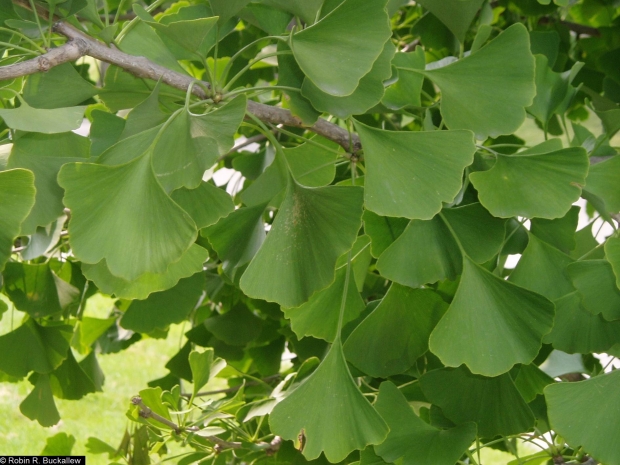
Today, ginkgophytes are known as gingo biloba, and thrive in a small part of Eastern China (Ginkgo).
Gingkoes had roots and a vascular system to move water and nutrients around, though it’s reproduction rate was slow (Ginkgo). Throughout the middle of the Jurassic period, this plant was able to diversify and spread throughout Laurasia (Brannan).
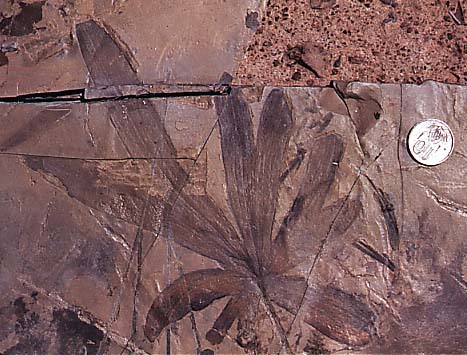
Here is a Gingko fossilized in molten lava. Gingkoes were a type of gymnosperm and are thought to be most closely related to conifers than any other gymnosperm. Photo courtesy of UCMP.
CYCADS
Warm and tropical breezes dominated the land, and dry deserts started to get more green (Jurassic). Palm tree-like cycads were so abundant that this period is also known as the Age of Cycads (Dr. Jo). These plants are able to exist in many different types of habitats such as deserts, swamps, sunny areas, shady areas, as well as rocky surfaces (Brannan). Some still exist today, although not as large or as plentiful (Jurassic).
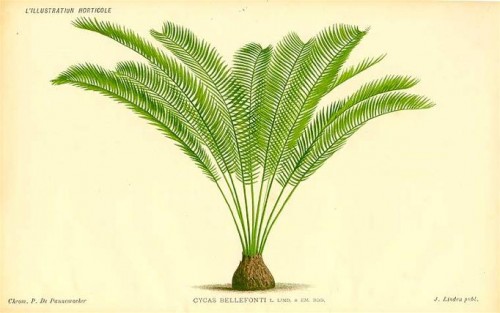
Cycads can be recognized by their thick trunks and stiff leaves that crown the top of the tree.
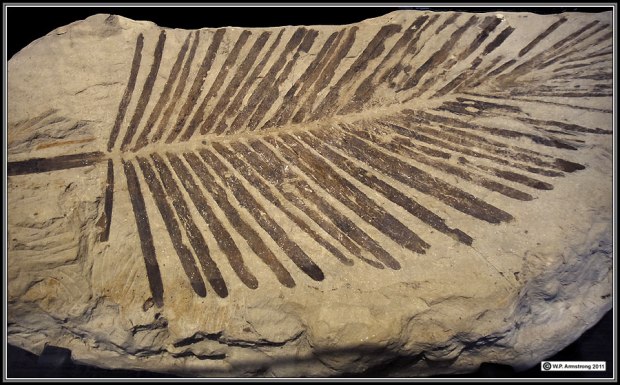
A 75 million year old cycad leaf impression that was found in the San Diego coastal region. Photo courtesy of WaynesWorld.
The early Jurassic was also the time when a new system of plant reproduction was introduced (Jurassic). While the Triassic era had conifers as well, this was the time that they were not just confined to the highlands. Gymnosperms allowed for pollen to travel by wind (Jurassic). This reproduction allowed for more genetic combinations (Jurassic).
ARAUCARIA
These were the types of conifers that were most present during the Jurassic time period (Jurassic, National Geographic). Araucaria is in the family Araucariaceae (Conifer). They have a large stem that could get up to 260 feet tall (Conifer). Branches, covered in needle-like leaves, also grow horizontally. Long-necked sauropod dinosaurs were the main eaters of these plants, their necks possibly evolving to be able to reach these great heights (Conifer).
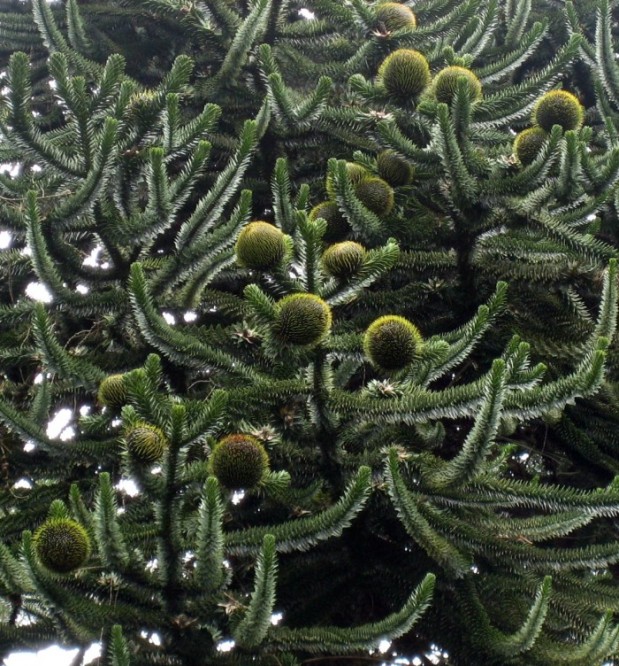
This is a female-coned Araucaria. These cones grow at the top of the tree and contain 80-200 edible seeds (Conifer).
BENNETTITALEANS
Bennettitaleans are also known as Cycadeoids, which become extinct in the next era (Brannan). Bennettitaleans get mixed up with cycads because of their similar appearance — thick trunk and hearty leaves. The taxon can be seperated into two groups: the Cycadeoidaceae and Williamsoniaceae (Brannan). The Cycadeoidaceae have thick trunks and cones, while the Williamsoniaceae have slender branching trunks and cones that are used for reproduction (Brannan).
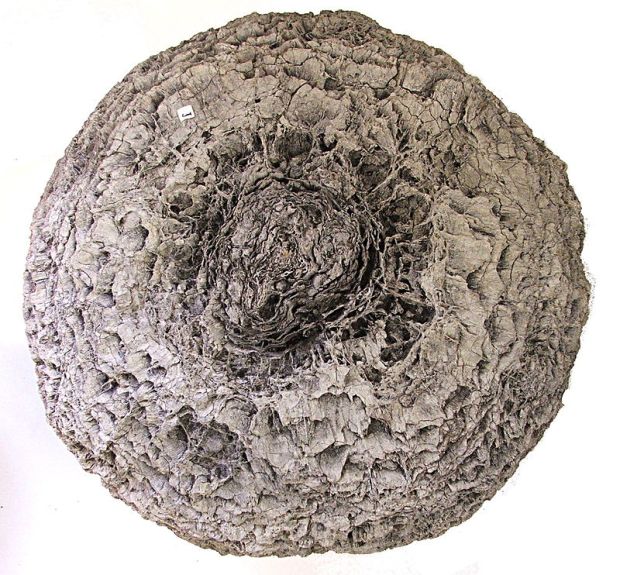
This is a Bennettitales stump fossil. Leaves would have emerged from the top of this, forming a pineapple-like figure (wikipedia).
